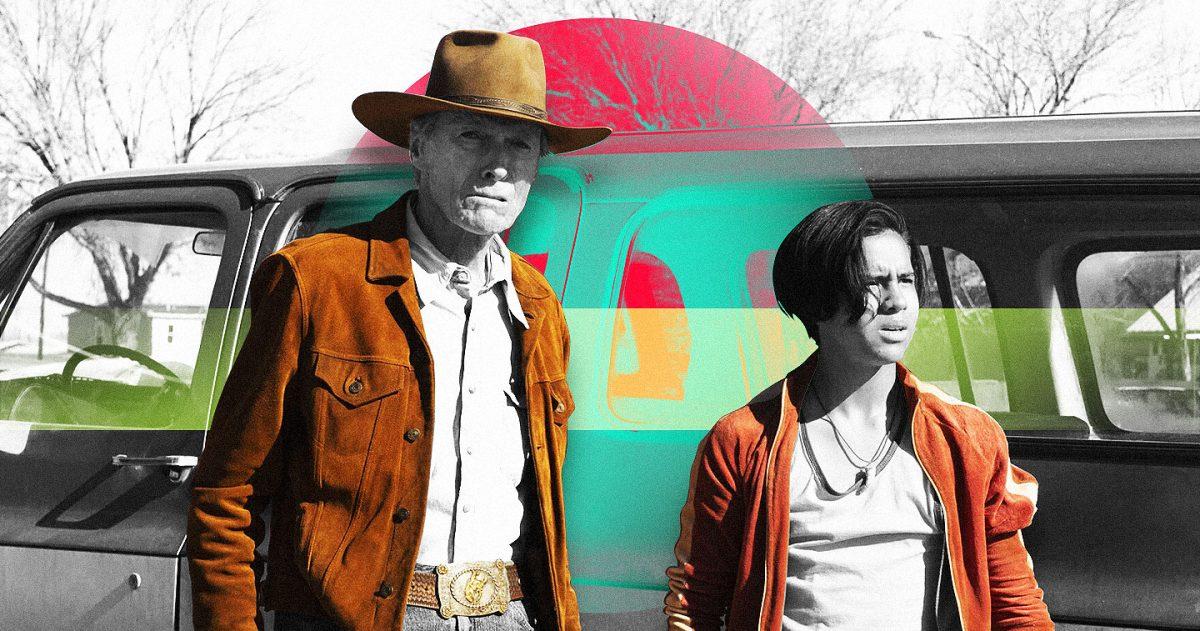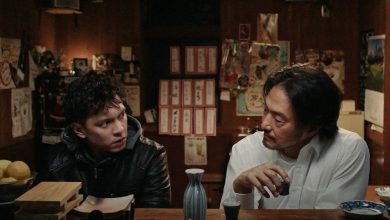MANILA, PHILIPPINES — When we look at people aged 70 and older, we often look at them as not being able to take care of themselves. The concept of the senior citizen who should be satisfied with just staying home or enjoying retirement isn’t the most positive of views, but it’s definitely there and transcends cultures. Thus, when we see someone in their 90s who remains active and is actually doing two or three things at the same time, it often boggles our minds. Iconic actor Clint Eastwood must really enjoy turning our perceptions upside down because, at age 91, he directed, produced, and starred in the new film Cry Macho.
In 1979, former rodeo star Mike Milo (Eastwood) has been forced to retire after suffering a back injury. A year later, Mike’s former boss Howard Polk (Dwight Yoakam) tasks him to travel from Texas to Mexico City to bring back his 13-year-old son, Rafo (Eduardo Minett). Rafo’s mother Leta (Fernanda Urrejola) had taken the boy back to Mexico a few years earlier and doesn’t want Howard involved in their lives.
Paying off Howard for offering him a lifeline after the car accident that took the lives of his wife and son, Mike agrees to cross the Mexican border. Mike finds Rafo participating in cockfights after Leta had told him that the boy had turned to a life of crime. Intrigued by the idea of seeing his father’s ranch, Rafo agrees to return with Mike to Texas.
A drunk Leta later refuses to let Mike leave with her son, forcing the older man to leave alone. As Mike heads back, he finds Rafo stowed away in his car with his rooster named Macho. They begin to open up about each other’s lives on the drive, and Mike learns that some of Leta’s henchmen abused him. Rafo is intrigued by Mike, calling him a “gringo” and explaining that he named his rooster Macho to be the embodiment of strength because he doesn’t trust anyone.
After Leta sends people to try and bring Rafo back, the pair end up at a café run by Marta (Natalia Traven) to avoid police officers who seem to be looking for them. Mike wakes up to find Rafo has befriended Marta after he tells her the truth about why they are hiding. Even as their stay in Mexico is drawn out, the old man and the young man befriend other people in the village and re-examine what they want to do with their lives after mistakes previously made.
Clint Eastwood has been acting since the 1950s and, depending on how old you are, you might have certain images that you associate with him. He was the star in Sergio Leone’s “spaghetti westerns” of the 1960s. He starred opposite an orangutan in a couple of comedy-action films in the 1970s. He played no-nonsense cop “Dirty Harry” Callahan in the 1980s. He protected the president from an assassin in In the Line of Fire in the 1990s. He trained Hillary Swank to box in Million Dollar Baby in the 2000s.
In a career that has seen him hailed as an icon of masculinity, Cry Macho could initially be seen as reinforcing that stereotype if you just saw the poster and looked at the film’s title. Based on a 1975 novel of the same name by N. Richard Nash and a screenplay by Nash and Richard Schenk, Cry Macho actually has elements of a coming-of-age story crossed with a redemption tale and sprinkled with a little romance along the way.
The character of Rafo is a child of two races, his American father wants him but mostly to force his Mexican mother to share ownership of some land that he already owned. Suffering from abuse and neglect at home, he doesn’t trust anyone, instead choosing to live vicariously through the cockfights that he places Macho in. Seeing the gringo that is Mike, he beholds a man who has lived a full life, complete with being part of the rodeo and being a real-life cowboy. These all interest the boy.
Though Mike takes on the job out of gratitude to Howard, by the end of the film, Mike clearly views Rafo like a son or grandson as he teaches him how to ride a horse, and care for other animals. His sympathy for the boy’s plight, coupled with his growing interest in Marta and fascination with life in the village, begins to heal Mike after the loss of his own family.
Shot in New Mexico with cinematography by Ben Davis, Eastwood captures the essence of life away from big cities and instead gets to focus on rural village life for neighbors who all know each other. Even the local deputy who initially doesn’t trust Mike ends up protecting him and Rafo after Mike took care of his wife’s aging dog.
Cry Macho is a good counterpoint to several Eastwood films of the past like The Good, the Bad, and the Ugly from the 1960s and Unforgiven in the 1990s. While Eastwood was still a young gunslinger in the former, he had become a retired gunslinger forced back into action in the latter. This time around, his body has already betrayed him and he lost his family yet going on this quest to track down a 13-year-old seemingly reinvigorates him.
It’s an interesting career move for a man in his 90s with nothing left to prove, and perhaps that’s why only Eastwood would likely be able to get away with it. Even as he lectures Rafo on the concept of masculinity and machismo by the film’s end, it goes against most of what Eastwood has stood for throughout his cinematic life. Yet it doesn’t seem forced or preachy and that’s why Cry Macho works.










